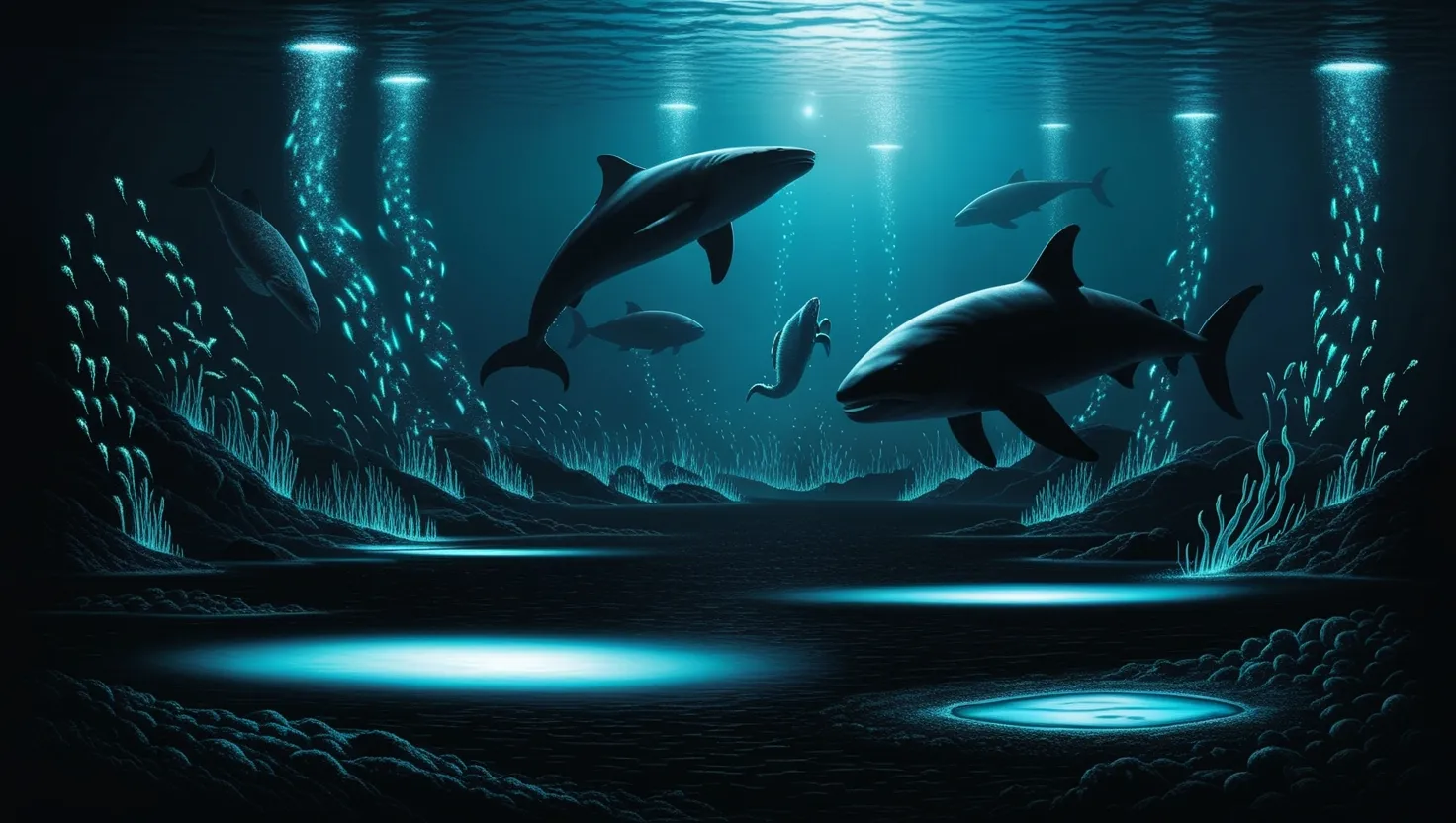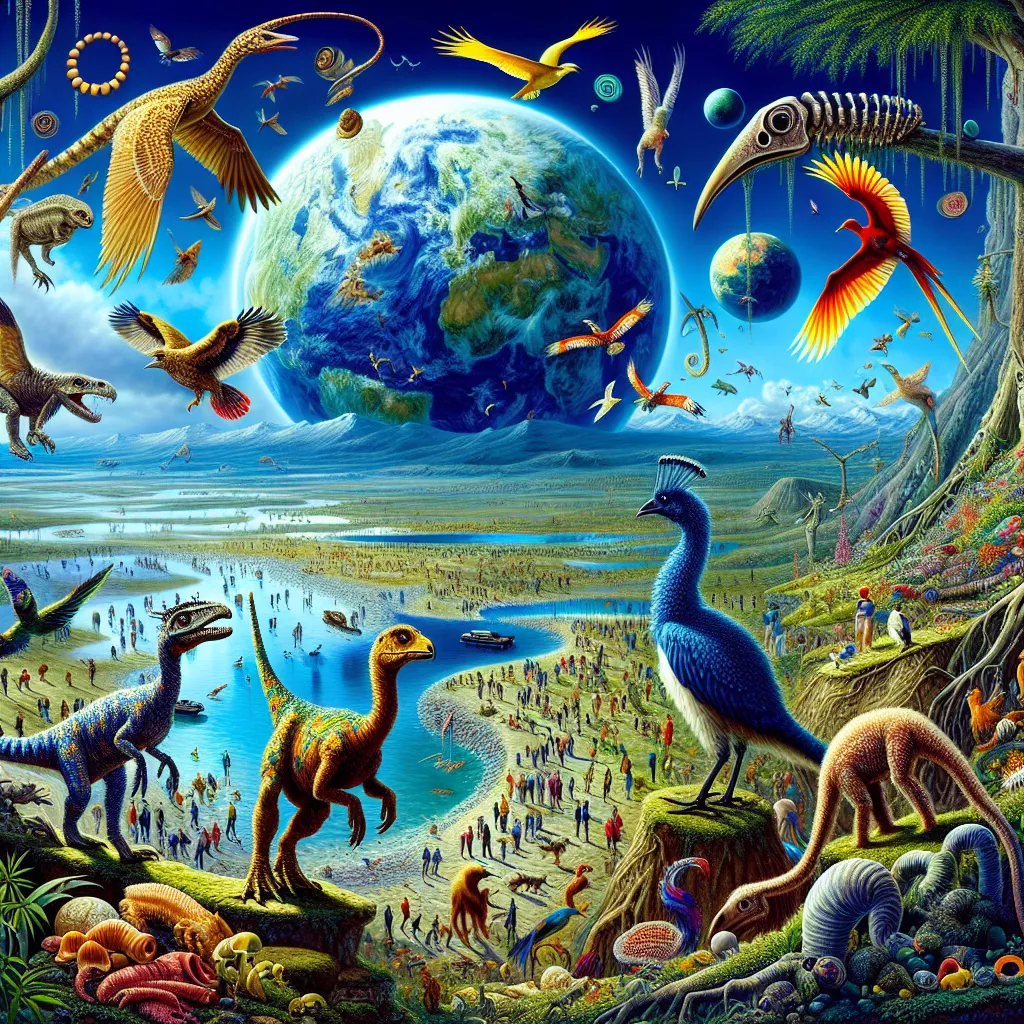If I asked you to point to the greatest and most mysterious wilderness on Earth, what would you choose? For most people, jungles or deserts might come to mind, yet we rarely think about the deepest parts of our oceans. The seas cover more than two-thirds of our planet, and despite satellites and submersibles, their black depths remain strange and baffling. I want to take you on a journey through six real mysteries found deep below the surface — riddles that even our best scientists have yet to solve.
Let’s start at the ocean’s deepest pit. The Mariana Trench stretches down nearly 11,000 meters, further than any mountain rises above sea level. Over the years, sensitive listening devices have picked up persistent, rumbling low-frequency noises. What makes these sounds so confusing? They persist for hours or days, morphing in pitch, and their origin isn’t clear. Some researchers guess seismic shifts, rock grinding against rock far below, could be responsible. Others propose vast flows of superheated water squirting from cracks. A few even argue for bizarre life forms using sound as a biological tool. Yet, when submersibles descend to follow the noise, silence prevails. The tracelessness is frustrating. If you were sitting 10,000 meters below, cloaked in perpetual night, what creatures or forces would you imagine could create a sound heard for hundreds of miles, yet leave no trace? As physicist Richard Feynman wrote,
“I think nature’s imagination is so much greater than man’s, she’s never going to let us relax.”
Travel a little higher up the water column and you’ll find another puzzle: abyssal gigantism. You’ve probably seen pictures of giant isopods, bathynomus the size of a small loaf of bread, or heard tales of colossal squid, legends among sailors and scientists alike. Why, in the freezing, nutrient-poor depths, where life seems to crawl in slow motion, would evolution favor super-sized forms? Some evolutionary biologists point to high pressure and oxygen efficiency. These animals might live longer, grow slowly, and thus get bigger than their shallow-water relatives. Others think massive size may be an advantage against predators — or an asset for gliding long distances to find food. But here’s the kicker: we see this trend in many unrelated animal groups, from crustaceans to worms to octopuses. Why does gigantism show up across the whole tree of life, but mostly in the deep? Why does it seem to break all the usual evolutionary “rules” about energy use? If we don’t have a clear answer yet, maybe it’s because the deep sea rewrites the rules — and no one gave us the new manual.
Speaking of rewiring our thinking, consider the “language” of light found in the deep sea. For humans, light means vision and sight, but for many deep-sea animals, bioluminescence is more than a flashlight. Species like jellyfish, comb jellies, and anglerfish use pulses, flashes, swirls, and patterns of light. Sometimes they signal mates, other times they lure prey or frighten away attackers. Observing these flashes is like watching a silent dance — but we don’t know the steps. How sophisticated are these light codes? Are they complex communications, or simple cues? Could they hold the same social meaning as birdsong or whalesong? What would you say with a burst of blue in the pitch dark? The challenge for scientists is that even with the best cameras, it’s almost impossible to observe these “conversations” without interrupting them. Maybe the dark keeps its secrets a little longer.
Let’s shift to a different kind of mystery: the oceanic whistle. Around the globe, underwater recorders have captured haunting, repetitive whistles far below human hearing. Some of these ultra-low frequencies match the movement of massive icebergs, scraping the seafloor or colliding in the vast southern oceans. Others don’t match any iceberg, ship, or known geological feature. The frequency, repetition, and persistence suggest the presence of some regular, powerful process we haven’t yet discovered. Could there be geological activity we haven’t mapped? Or is this the distant call of some unknown creature, one that only the deep can tolerate? I find these sounds especially fascinating — they hint that there’s a hidden layer to the ocean’s music, a rhythm or beat that we’ve barely begun to interpret. Are we eavesdropping on the planet, or on life that has never surfaced?
Dive even closer to the seafloor and you’ll find pools of dense, super-salty water — brine pools. Ringed by mussels and tube worms, these lakes are so salty that most life can’t survive inside them. Yet, some bacteria and simple animals thrive, feeding on toxic chemicals. These brine pools have sharp boundaries: you can literally see where the normal seawater meets the brine, like oil atop vinegar in a salad dressing. What keeps these boundaries so stable in the swirling, high-pressure world of the deep ocean? More strikingly, some scientists think brine pools might be miniature laboratories for alternative biochemistries, closer to what life looked like on early Earth — or even on other planets. Why does life cling so stubbornly to such extremes? As biologist J.B.S. Haldane once remarked,
“The universe is not only queerer than we suppose, but queerer than we can suppose.”
My favorite of the deep-sea mysteries is a nightly, global migration — the largest animal migration on Earth. At dusk, trillions of tiny organisms (including fish larvae, shrimp, and jellyfish) swim upwards, sometimes hundreds of meters, toward the surface to feed. Before dawn, they sink back to the safety of the dark. This pattern is synchronized across entire oceans, even though much of the migration happens in darkness, out of reach of sunlight. How do individuals, miles apart, know when to rise or fall? Is it a response to tiny light changes, temperature cues, or perhaps even pressure variations? Some believe that sound, the faint thrum of other swimming bodies, helps trigger these movements. But we’re still guessing — the coordination among creatures who cannot see each other or speak is a marvel, and a reminder that even with advanced technology, we’re often still piecing together the big picture. If you were one of these creatures, what would guide you in the dark?
If you pause here to consider the common thread in these mysteries, it’s that the deep ocean challenges the way we understand biology, chemistry, and physics. We love to think that with enough sensors and satellites, every rule of nature can be discovered and explained. Yet, the ocean continues to surprise us with patterns, phenomena, and life forms that don’t fit neatly into our categories. It raises the question: do we look for answers with the right tools? Or are there aspects of this vast world that only patience and humility will reveal over time?
Let me pose a question to you: what should our priorities be as we keep exploring? Should we invest more in sending robots and submersibles to chase after these mysteries, or should we focus on preserving what we don’t yet understand? Is the drive to know ever at odds with the duty to protect?
To me, the draw of the deep is not just scientific, but philosophical. These unexplained phenomena are reminders that our world is much bigger, more complex, and more wondrous than we often admit. As Jacques Cousteau once said,
“The sea, once it casts its spell, holds one in its net of wonder forever.”
Perhaps the greatest lesson the deep sea offers is not just the promise of new knowledge, but the recognition that there are still places on Earth where questions outnumber answers — and that’s something worth celebrating. If anything, these persistent mysteries show the value of curiosity itself. Wherever the answers lie, the process of questioning, of chasing oddities and patterns, is what pulls us forward. It keeps us looking outward — and inward — as we keep pace with the slow, complex heartbeat of our planet’s last wild frontier.






